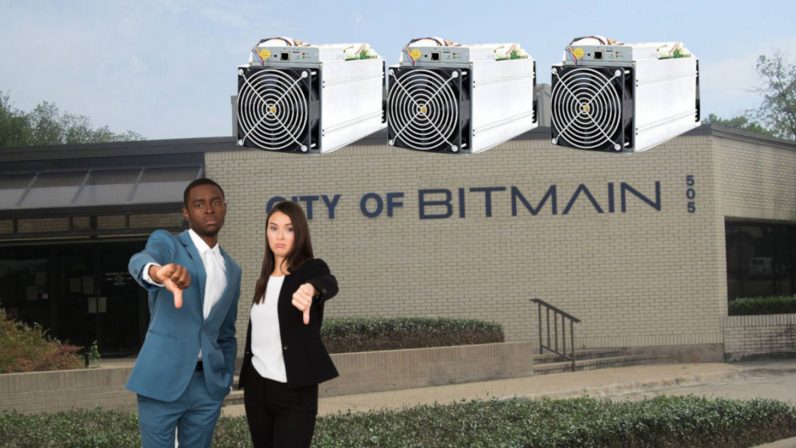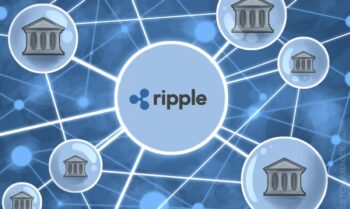2018-12-23 05:58 |
Ripple has made waves in the past two years. Since their arrival on the scene three years ago, the Ripple company has experienced a lawsuit, massive gains, massive losses, and major acquisitions. Even the crypto winter of 2018 has apparently been busy for the company, with the organization’s leaders coming forward nearly every month with the promise of a new potential partnership or deal using the ledger technology from Ripple.
At its core, the Ripple concept is a very good idea. Ripple will use its cryptocurrency, XRP to make cross-network transactions between global banks faster, cheaper, and more efficient. In doing so, the value of CRP would theoretically rise and investors would continue to contribute to the project. Generating a self-sustaining ecosystem is nothing new for companies in the crypto space, but the involvement of banks certainly is.
As a result of their daring integration of traditional financial institutions into their existing framework of decentralization, Ripple has received some backlash from the more ideologically-charged components of the cryptocurrency community. Those who believe that investment in cryptocurrency is an investment in a future free from banks have plenty reason to dislike Ripple from the start.
But as it turns out, the company’s ambitious goal of bank integration using their network might not even be feasible after all. This week, Colin LeMahieu, the founder and leader of Nano and its massive cryptocurrency, outlined his belief that banks will never truly adopt the crypto XRP as a currency in their infrastructure. For the most part, he argued that the currency is—almost ironically—far too centralized and not quick enough for banks to be interested in using.
XRP And CentralizationThough Ripple is quick to try to separate the currency from the Ripple, Labs company who distributes it, it is worth noting that the majority of XRP tokens still belong to the Ripple company—59%, to be exact. And distribution of these coins is not going to be a quick process. It is estimated that it would take around fifty-nine years for all of the coins to be distributed to regular users from the slow-burning escrow account.
For this reason, the Nano creator argues that XRP is simply too ambitious in their plan to integrate their token into banks all over the world. Banks would be unlikely to trust a token which is centralized mainly be a singular private corporation, and they would be certainly unlikely to accept the token if it doesn’t manage to truly increase their output and efficiency of transaction.
Slow XRPLeMahieu has also critiqued the XRP setup on the grounds that it is far slower than his company’s currency, Nano. According to tests run in October, Nano is nearly three seconds quicker per transaction than XRP. While this might not seem significant, three seconds for the trillions of transactions conducted by banks amounts to a very, very significant amount of time overall.
As it stands, the words of this founder should be taken with at least a grain of salt. Though his core critiques might be valid, he remains a staunch competitor of the company which he works to undermine with his remarks.
origin »Ripple (XRP) на Currencies.ru
|
|



























